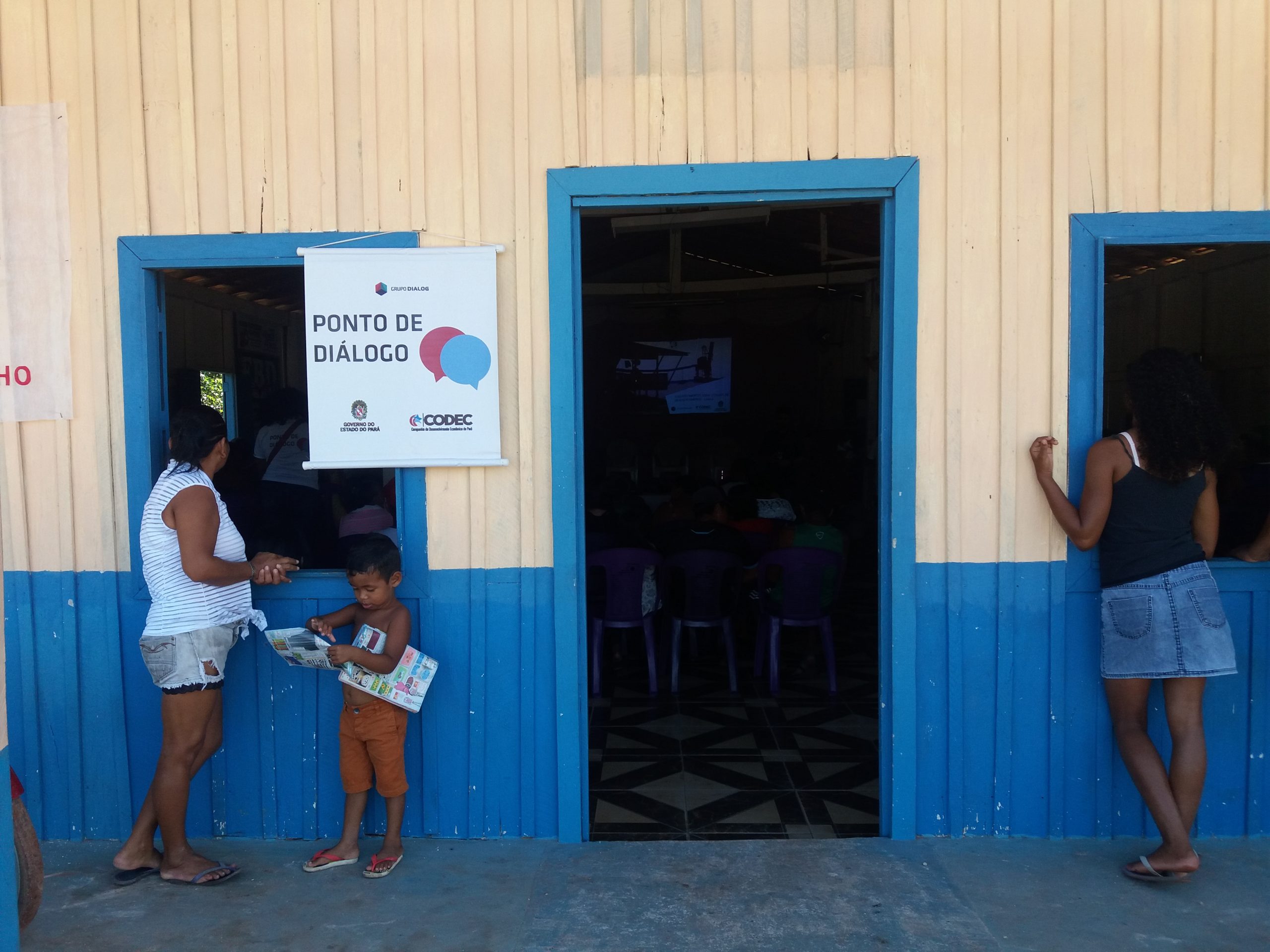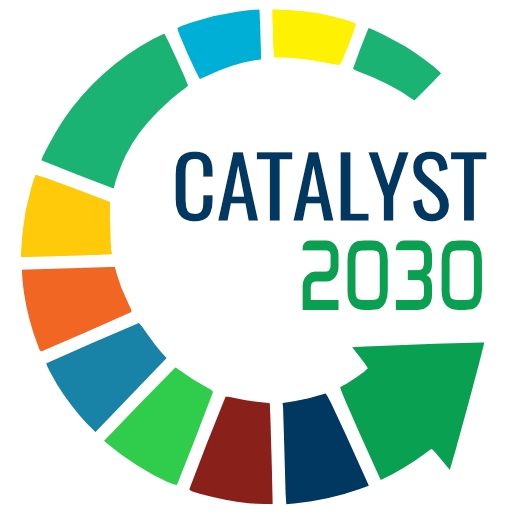
A company, institution, or organization has several stakeholders – which are the individuals and organizations impacted by the business’ actions. Here at Raízes, we are specialists in dialogue with communities, particularly traditional ones, which are, by definition of the Secretariat for Human Rights, “culturally differentiated groups who recognize themselves as such, who have their own forms of social organization, who occupy and use territories and natural resources as a condition for their cultural, social, religious, ancestral and economic reproduction, using knowledge, innovations, and practices generated and transmitted by tradition”.
But before arriving at Raízes specifically, let’s work on some concepts. Join us!
International standards
When we talk about dialogue with stakeholders, did you know that there is international standardization involved? The AA1000 standard is a management tool. It was launched in 1999 by ISEA (Institute of Social and Ethical Accountability), as a solution to generate sustainability reports with mechanisms that ensure transparency and reliability.
Thus, the essence of AA1000 is the learning, social, ethical, environmental and economic performances of companies. It points out, for example, strategies for a sustainable path, in addition to favoring the inclusion of stakeholders in the company’s decision-making processes. The main dilemma of sustainability reports today in Brazil is the non-mandatory audition. So, in other words, the information is available to the public in the way the corporation wants.
The standard is still not widespread (and practiced) in Brazil. So, if possible, share with us how these dialogues are happening in your company and how their management works!
What is a stakeholder?
Until a few years ago, only a “shareholder”, or stockholder, was considered an important voice in the decisions of a company. This has been revised for a long time for some of us, but the reviewing and expansion of this list of actors are new actions among more traditional companies. Stakeholders or “bearers of interest”, in a very literal translation, can be as broad a group as customers, suppliers, the surrounding community, the government, strategic institutions, employees, and shareholders. This list of actors will depend on the nature, type, and complexity of each project.
There are companies specializing in institutional dialogues, government dialogues, internal communication, and customer relationships. Here at Raízes, when it comes to stakeholder engagement, our strong point is the dialogue with vulnerable and traditional communities.
Dialogue with vulnerable communities
One of our projects carried out a Social Diagnosis with the population of the communities of Socorro, Piteira, Tabuleiro, and Vila do Gongo, in Minas Gerais. They comprised a high rescue zone in the municipality of Barão de Cocais, which was evacuated due to the activation of the safety siren of the Gongo Soco Mine from Vale Company in 2019.
Raízes’ activities included the mapping and characterization of the bonds and feelings of the evacuees with the territory and the prospecting of their expectations regarding the future. The work was carried out through deep and sensitive listening with the communities, generating real and qualitative data.
The objective, in this case, was to guide a more assertive social investment work based on parameters of reading the territory. And they should also contemplate the nuances of this reality by a social group from the perspective of community members. Check what the main results were here.
Dialogue with traditional communities
Another practical example of Raízes’ activities was to participate in a social dialogue process as one of the initiatives of the Government of the State of Pará for the city of Barcarena. This happened between April and August 2018, when the municipality returned to the media earlier that year due to an incident caused by the company Hydro. The incident put water quality in question. Three years earlier, the city witnessed another environmental accident at its city’s port.
The work in the territory included active listening to complaints, denunciations, suggestions, and doubts from the population. Among the community groups were riverine, indigenous, and quilombolas. In these specific cases, much more extra care needs to be taken to consider the specific socio-cultural issues of each group and create spaces of trust so that the necessary exchanges can take place. In the case of Barcarena, it was necessary to guarantee the denunciation without retaliation and an understanding of the heterogeneous ways in which the accident affected the various groups of residents of a large perimeter in the surrounding areas.
The aim here was to share a little bit of Raízes’ performance with social dialogue and the listening process with traditional and vulnerable communities. The tools and strategies we adopt are analyzed on a case-by-case basis, identified in the initial mapping with our team of experts. Is this the same in the projects and places you know?

